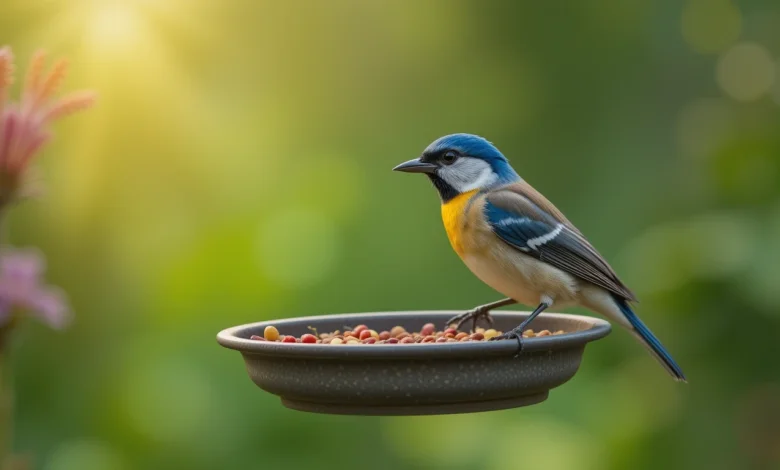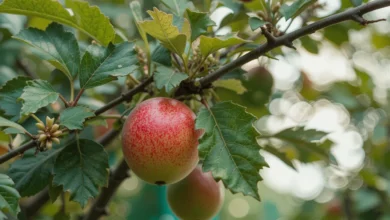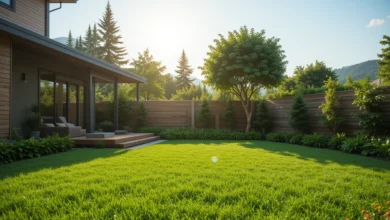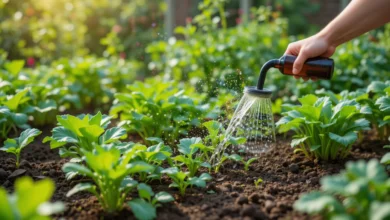How to Attract Birds to Your Garden – 6 Simple & Effective Tips

How To Effectively Attract Birds To Visit Your Garden
Having birds visiting your garden can be pretty relaxing. The sound of their chirps singing as they roam around to check all your flowers and greens is a good indicator of how well you are taking care of your garden. If you want to attract birds to your garden and have them stay longer—or even make your space their backyard home—then you need to let them see your “welcome mat” so they’ll be enticed to visit more often and nest in the trees around your area.
1. Have Some Garden Plants That Attract Birds
Any kind of bird is attracted to gardens with fruit-bearing plants. Since seeds are their primary food, they usually thrive in areas where seeded plants are commonly found. Aside from that, birds also prefer eating worms, nuts, and other small insects. If you’re familiar with your plants, then you already know these food sources can be provided naturally—given the right care. If not, check out a garden guide and look for ornamental plants that offer these essentials.
Here are some of the plants birds are most often drawn to:
- Trees – Birch, Hawthorn, Mountain Ash, Crab Apple, Shubert Chokecherry
- Small Shrubs – Highbush Cranberry, Serviceberry, Pagoda, Gray Dogwood, Quince, Female Winterberry, Honeysuckle, Russian Olive, Sumac, Elder
- Annuals – Cosmos, Sunflowers, Celosia, Marigolds, Zinnias
- Vines – Virginia Creeper, Boston Ivy, American Bittersweet, Wild Grape
- Perennials – Black-eyed Susan, Globe Thistle, Ornamental Grasses, Asters (great for winter seed supply)
- Berries – Fairview, IO, Female Holly, Spartan Juniper, Wintergreen, Oregon Grape
Note: Some bird species love Blueberries and Sweet Cherries, so cover these plants with black garden netting to prevent the berries from being eaten too quickly.
2. Install a Bird Feeder in Your Garden
In addition to natural food sources, you can effectively attract birds by placing a bird feeder filled with seeds and nuts. There are various feeder styles to choose from:
- Plastic Feeders
- Wood Feeders
- Pole-Mounted Feeders
- Hanging Feeders
- Squirrel-Proof Feeders
Choose a feeder that suits the birds in your area. For instance, Cardinals and Blue Jays typically won’t use small feeders. Tubular feeders have small perches and seed openings—great for smaller birds. If you spot Goldfinches, consider an “Upside Down” tubular feeder. They are known to flip upside down to feed from the bottom opening, which other birds can’t easily access.
Read More: Why Having an Organic Lawn Rocks – Benefits & Easy Start Guide
3. Make a Birdhouse for Them
How can birds stay in your garden without a proper place to shelter? Some birds prefer to live in birdhouses, and if food is also available, they have little reason to go elsewhere. Birdhouses come in different sizes and hole diameters. Follow these tips for the best results:
- Mount the birdhouse around a tree to provide extra shelter from wind and rain. This also keeps them safe from predators.
- Purple Martins, the largest in the Swallow family, love to live in colonies. If you notice them nearby, get a birdhouse specifically designed for them. It should be mounted on a pole and cleaned annually to welcome a new colony.
- Bonus: Purple Martins eat mosquitoes, making them a helpful guest in your garden!
4. Provide an Adequate Supply of Bird Seed
Feed birds all year round to encourage them to keep coming back, even in winter. Don’t worry if seeds fall to the ground—Doves and Juncos enjoy foraging for leftovers.
Here are some popular bird seed options:
- Sunflower Seeds – Available in solid or striped varieties; loved by Cardinals, Blue Jays, and Chickadees
- Finch Food Mix – A mix of Niger Seed and Wild Finch mixture is perfect for Finches
- Suet Cakes – A winter favorite for Chickadees, Nuthatches, and Woodpeckers. Use a suet cage that fits well if your feeder doesn’t have one built in.
5. Provide Them Clean Water
Just like any living thing, birds need water to survive. If your garden is far from a natural water source, consider installing one of the following:
- A birdbath
- A small water garden in a shaded area
- A fountain
This ensures a steady supply of drinking and bathing water during warm seasons. Change the water regularly to prevent bacterial growth. In winter, use a bird bath heater to keep the water from freezing.
6. Provide Additional Shelter for Escape
Feeding stations don’t just attract birds—they can also draw predators like hawks and cats. Add dense foliage such as Hemlock, Fir, Pine, or Spruce to give birds a safe place to hide. These plants offer not only protection but also excellent nesting spots, especially in the colder months.




